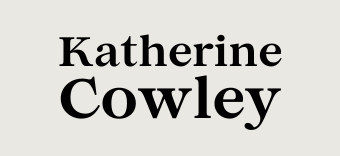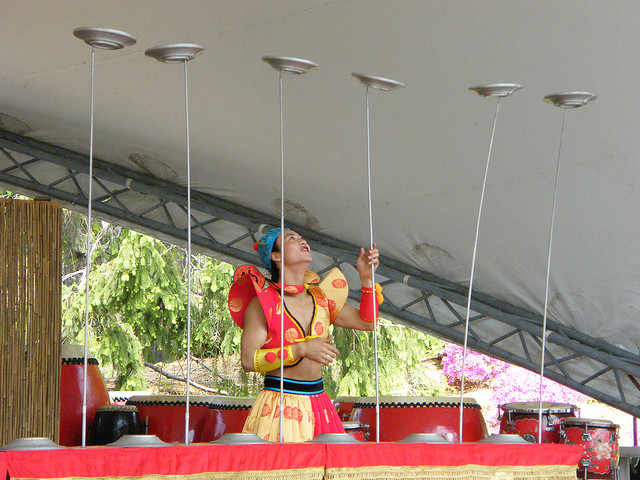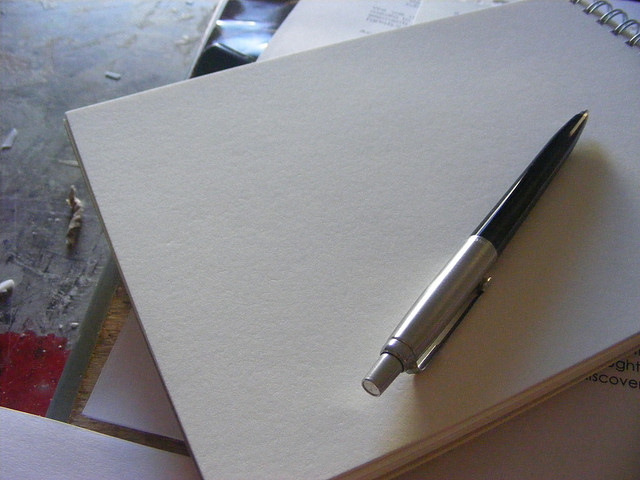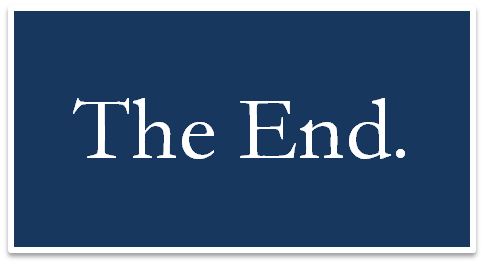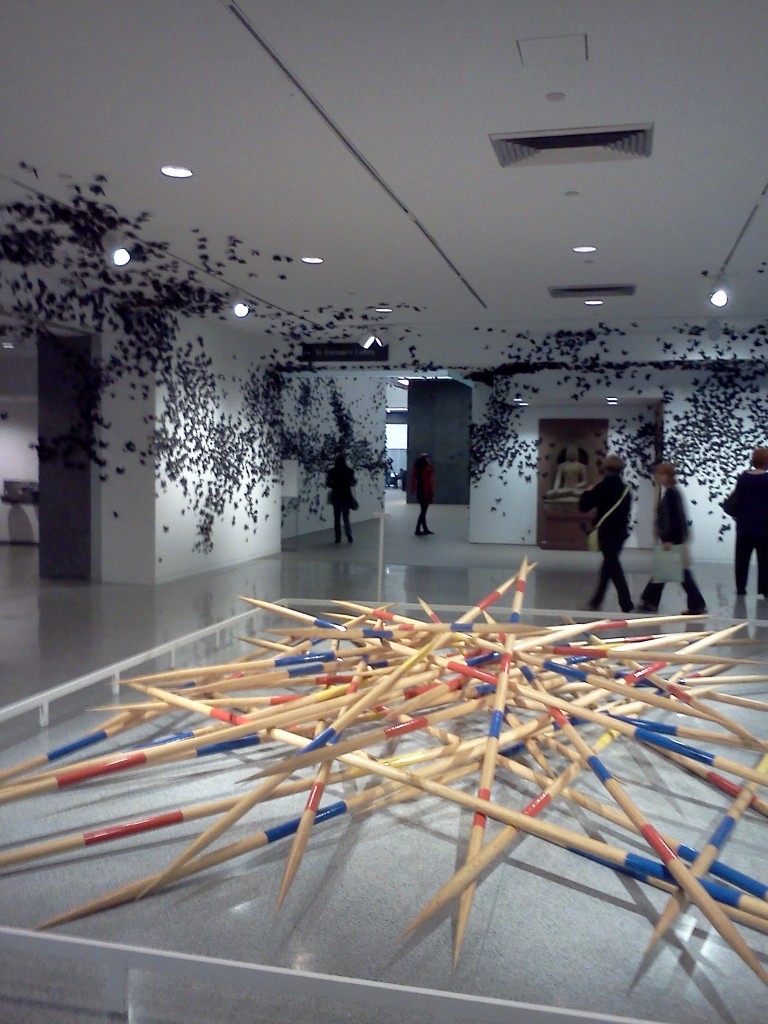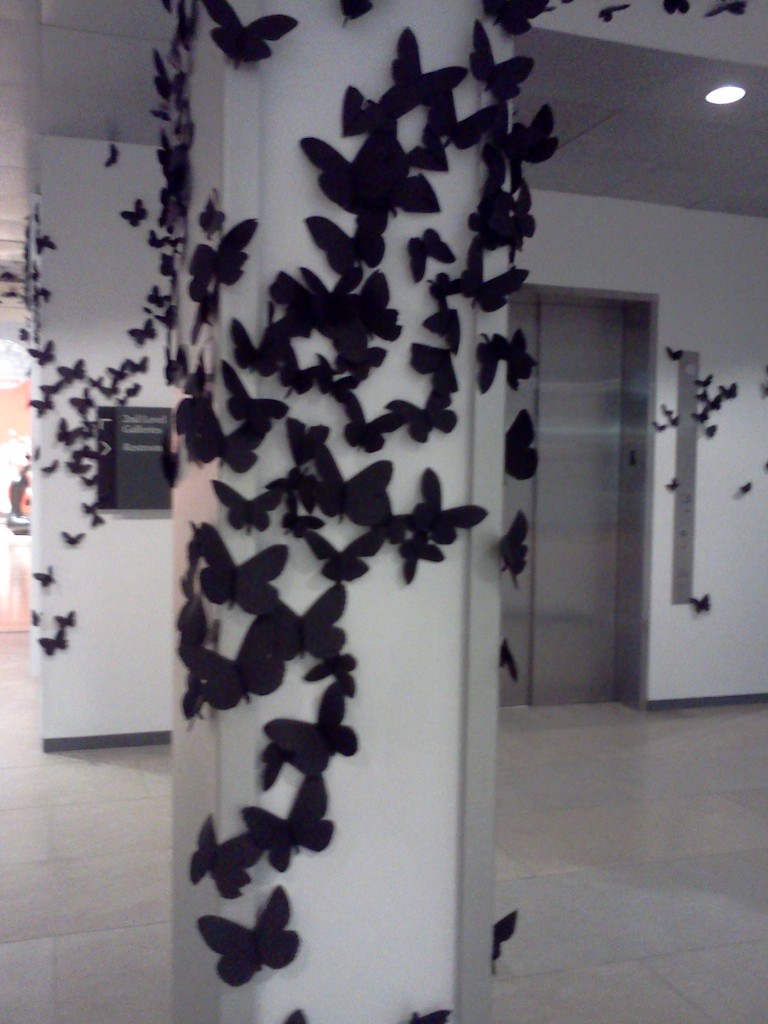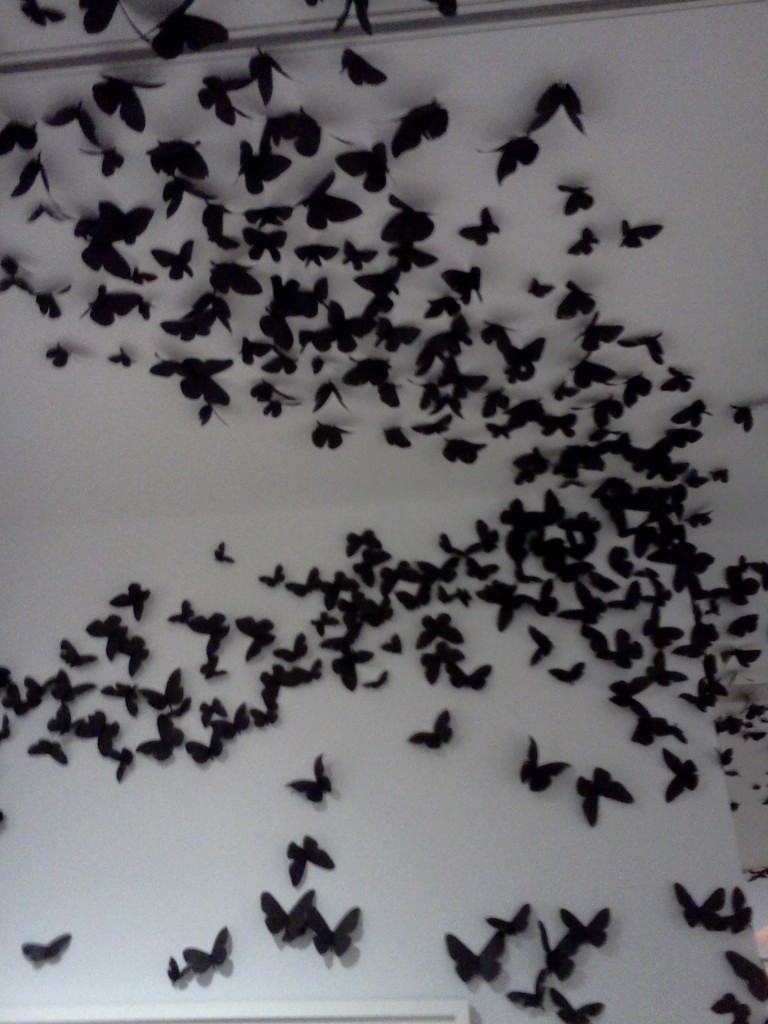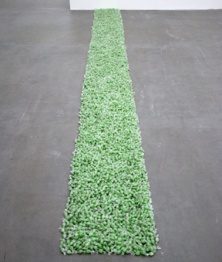Writing is like Plate Spinning
This is a metaphor that I’m borrowing from mystery writer Michael Connelly. He writes:
From somewhere in my memory, either amateur hour TV or the boardwalk in Venice, I remember a sideshow act called plate spinning. The object of this entertainment endeavor is to rotate plates balanced on thin wooden dowels. The practitioner gets several pieces of supposedly good china spinning at once and then must quickly move from dowel to dowel, keeping everything spinning and aloft. Paid particular attention is the plate in the middle of the formation. By virtue of its position, it is the most important of the plates. If it goes down, it invariably takes several other plates with it and you have broken china all over the ground and an empty tip bucket.
In my mind I often liken writing a book to spinning plates. There are many, many different things you have to keep up and spinning at all times.
Connelly describes some of the plates that you keep spinning when you write a novel, include story structure, writing style, pacing, and background research. For him, the central plate is characterization: if that plate falls, all the other plates are going to fall with it.
If you’re writing an argument, the plates you’re spinning will include ethos, pathos, and logos, your reasons and supporting evidence, your style, your awareness of the audience, and many other things. To me, the central plate is your main overriding claim or your thesis–if it topples or loses focus, there goes your entire argument.
Here’s an awesome video of plate spinning, a little different from the show Connelly saw, but quite impressive. This is from a Beijing Acrobat show:
Make sure to check out my Metaphors about Writing page for quotes on writing and other Writing is like… posts.
Photo Credit: lissalou66, Creative Commons license
The quote by Michael Connelly is from a book chapter called “Characterization,” in the book Writing Mysteries: A Handbook by the Mystery Writers of America (edited by Sue Grafton). See page 57.
Everyday Rhetoric
A lot of times, rhetoric is taught in college with the immediate purpose of helping students become better at writing college papers.
But what I love about rhetoric is it’s everyday, normal uses.
When we first moved into this apartment, my daughter’s door would jam, and sometimes I would have a really hard time opening it. Twice I couldn’t open it at all and had to have my husband do it.
Maintenance said they couldn’t fix it, and that it was normal for the doors to jam. Something to do with air pressure and humidity, ya dah ya dah ya dah.
So I thought, what is the strongest possible reason I can make for why my daughter’s door needs to be fixed? The fact that it was annoying, irritating, or challenging was obviously not good enough.
I told the office that I was worried about it being a fire hazard: what if there was a fire and I couldn’t get the door opened because it was jammed?
Within an hour, my daughter’s door was fixed.
Now fast forward. Several weeks ago, I put in a work order for maintenance to fix a number of small, yet irritating things. Like my towel rack. I like to hang up my towel. Yet for some reason or another, my request got lost in the shuffle.
One of the things on the list was switching the air filter (the office had said maintenance could do it the first time so I could see how it was done). So this morning, I removed the 20 inch by 20 inch air filter from the ceiling vent. It was one of the filthiest things I have ever seen. I brought my baby, my toddler, and the filthy air filter to the main office.
Within an hour, everything on my list had been fixed.
I intentionally didn’t bring the baby backpack, a stroller, or anything that would have made my trip easier. That would have damaged the visual impact. The office assistant said, “You know you can just throw that air filter away.” What I didn’t tell her is that I knew I could just go to the office and they’d give me a new air filter, but I had brought the old one with me because I wanted all my maintenance requests to be fixed.
And it worked.
And that’s why I love rhetoric. As Aristotle wrote, rhetoric is using “the available means of persuasion.” It’s not just about getting an A on a college paper–though rhetoric can certainly help you do that as well. It’s about using your voice to make changes in the world, particularly when they’re not changes you can make on your own.
Photo Credits:
- Pen and paper by Guudmorning!
- Dirty air filter by AJC1
Writing is Like… (Part 5)
Writing is like taking care of sick kids. It takes a lot of hard work, and a lot of time. Your kids and your writing always seem to need you, and sometimes they keep you up all night.
Like taking care of sick kids, writing can involve cleaning up gross messes.
Sometimes you need to seek professional advice and go to a doctor (or a writing instructor, writing tutor, or critique group). The doctor, ideally, has spent a lot of time with sick kids and has seen these sorts of problems before. The doctor then gives you one or more prescriptions—be it antibiotics, a grammar prescription, a prescription on your argument, your research, or your writing style.
With sick kids and with writing you do all that you can, and you often experience slow improvements. Sometimes you just need to let time play its part.
Writing is not always fun and games. Neither is taking care of sick kids, something I can attest to, as I’ve been taking care of a sick baby and a sick toddler for the last few weeks. It may not always be fun, but it is worth it.
Photo Credit: Lauren Grace Picture Place
If you want to know why writing is like kissing and a great number of other things, make sure to check out all my “Writing is Like” posts.
You Know it’s a First Draft When…
You know it’s a first draft of your novel when you write the following sentences in one of the closing scenes of your book:
They kissed. And then they kissed some more.
Yes. I just put that in my novel. It will be much different in the second draft. It will still involve kissing, but that will probably be the only similarity.
In good news, I just finished the first draft of my electric eels novel. It came in at 48,615 words, and is missing a number of scenes that won’t be added to the second draft, simply because I need to completely revamp one of the main story lines.
But I know that I’m done with this draft. Do you know how I can tell? I just got to the point in the story where I could type the following two words:
Having seen the quality of what else I wrote today, I’m sure you’ll agree those are the best two words I wrote today.
Art Museums for 2 Year Olds
A couple weeks ago I took my 2-year-old to the Phoenix Art Museum–and she loved it. Her favorite exhibit was filled with modern art and was titled, “Order, Chaos, and the Space Between: Contemporary Latin American Art from the Diane and Bruce Halle Collection.”
This was one of the pieces. She got super excited and exclaimed, “Sticks! Touch it?” I said no, she couldn’t touch it, but she enjoyed looking at it from all sides.
In the background you can see one of the other pieces–thousands upon thousands of black butterfly sculptures. They were attached all through the front entrance areas of the museum. It was quite a sight.
It’s easy to fall into the trap, when looking at contemporary art, of trying to force meaning. For example, there were four glass boxes, each a different color, so I could read into that feelings of containment over the course of seasons or something along those lines. Here’s what my daughter read into them: “Look! Blue! Look! Yellow! Look! Red!” She experienced pure joy just at the coolness of the boxes and their colors.
My daughter’s approach framed my entire visit. Instead of finding deeper meaning, I just enjoyed the objects and colors as objects and colors, and in doing so, I left the museum with a different, better, fuller perspective. Ordinary things became extraordinary when enlarged (the sticks), filmed (there were three films of tops playing simultaneously), or put into a different context.
My daughter’s favorite part of the exhibit was this piece:
You probably can’t tell, but that’s a pile of candy. A very large pile of candy. (My daughter called it chocolate, but to her all candy is chocolate.) There was someone standing nearby, inviting you to take one. We were there in the afternoon, so the piece didn’t look quite as rectangular, and there were open holes on the floor. Candy can be art, and art certainly is sweet. And now my two year old keeps saying, “Go to museum! Get chocolate!”
Writing is like Kissing
Yes, you heard me. Writing is like kissing.
Kissing, like writing, works better (or at least tends to be more interesting) if there’s a second person involved. We’ll call that person the audience.
If you want your kiss (your writing) to go really well, it is often helpful if you know your audience.
Also, kissing (writing) goes better if you try to interact and engage with your audience, rather than just kissing at (writing at) your audience.
Finally, kissing (writing) gets better with practice.
Good kissing (writing) ventures, and Happy Valentine’s Day!
Photo credit: Jannie-Jan
Make sure to check out my Metaphors About Writing page for all my other “Writing is like…” posts.
